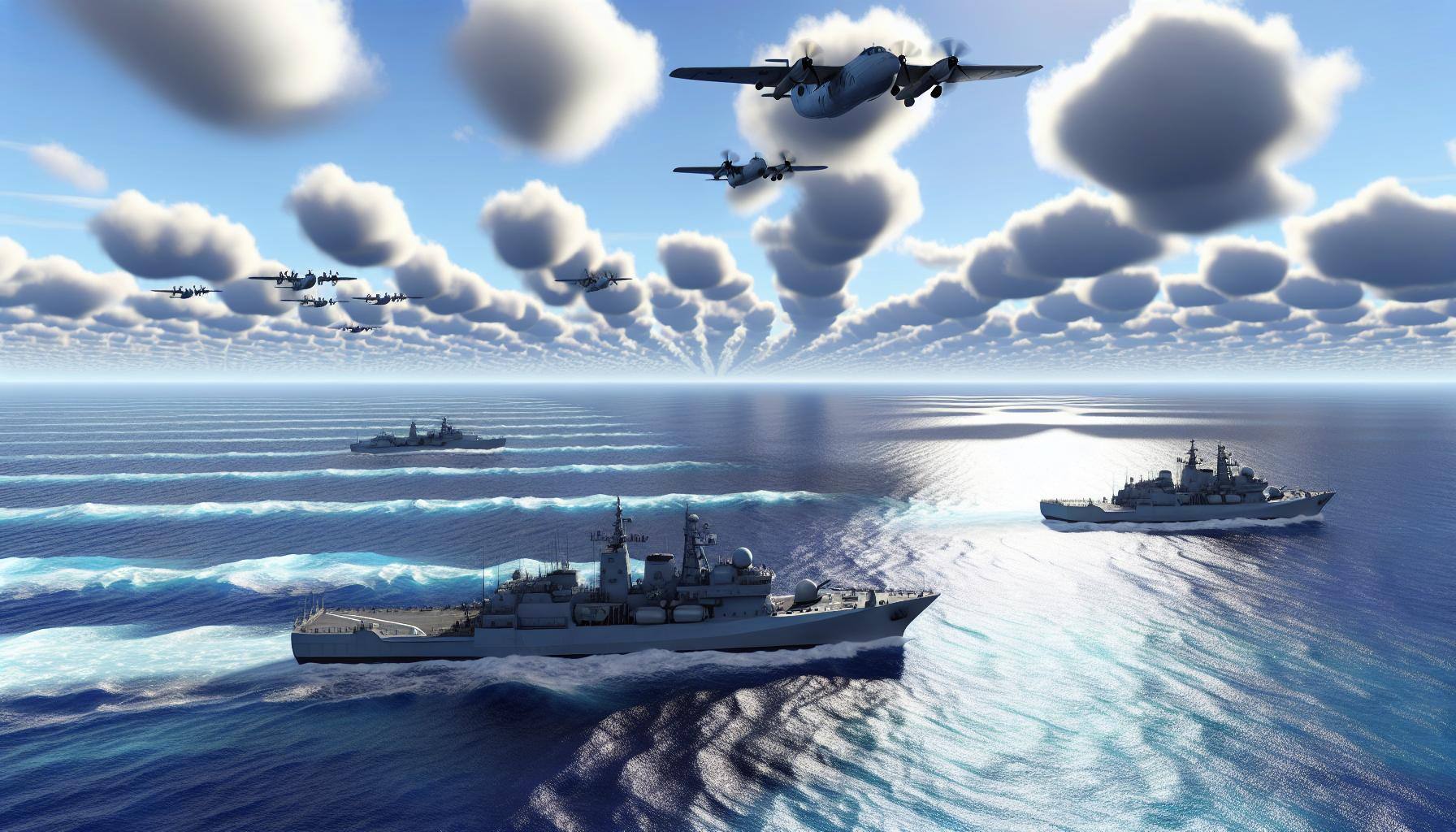As NATO approaches its 75th anniversary, it faces emerging maritime challenges, particularly from an increasingly assertive Russia.
To counter these threats, NATO must expand and modernize its naval capabilities, ensuring that member states are protected and Moscow's maritime operations are constrained.
Post-Soviet Naval Decline
Following the Soviet Union's collapse in the early 1990s, NATO shifted its maritime focus from major combat operations to regional security, leading to a reduction in naval capacity. New NATO members after 1994 contributed few valuable maritime assets, and operations in Afghanistan and Iraq further diverted focus from naval missions. Consequently, NATO's navies diminished in size and capability, aligning with less demanding regional missions such as Operation Sharp Guard and Sea Guardian.
Re-emergence of Russian Naval Threats
The 2022 Russian invasion of Ukraine reawakened NATO to the realities of major naval combat. Russia's naval activities highlighted both its capabilities and NATO's vulnerabilities, underscoring the need for a robust maritime strategy. Future crises could see Russia posing strategic challenges in the Mediterranean, Baltic Sea, High North, and potentially near U.S. shores. However, Russia's inability to maintain control in the Black Sea against a ship-less Ukrainian navy demonstrated its limitations.
Strategic Investments for NATO's Maritime Future
To address these gaps, NATO must prioritize several key areas:
-
Warship Expansion: NATO needs more warships, particularly multi-mission vessels, to maintain a presence in areas vulnerable to Russian exploitation. The U.S. Navy, the largest contributor, should station additional AEGIS destroyers in strategic locations like Rota, Spain, enhancing NATO's overall naval strength.
-
Undersea Warfare Capabilities: Despite budget constraints, Russia continues to develop potent submarines. NATO must invest in countermeasures such as ocean surveillance ships and maritime patrol aircraft. Littoral states should focus on undersea warfare drones to complement traditional submarine detection and neutralization methods.
-
Air and Missile Defense: The conflict in Ukraine underscored the persistent threat of Russian ballistic and cruise missiles. NATO warships require advanced weapons control systems to counter high-density air threats, including hypersonic and drone attacks. Enhancing missile defense capabilities is crucial to protecting NATO's naval assets.
-
Land-Based Strike Systems: Ukraine's effective use of land-based anti-ship cruise missiles (ASCMs) and unmanned surface vessels (USVs) has proven vital in denying Russia sea control. Smaller NATO littoral states, particularly in the Baltic, should invest in these cost-effective systems to bolster their defensive capabilities.
-
Maritime Logistics and Infrastructure: Protecting maritime logistics and critical undersea infrastructure, such as fiber-optic cables, is increasingly important. NATO's establishment of the Maritime Centre for the Security of Critical Undersea Infrastructure in the UK reflects this priority, enhancing situational awareness and response capabilities.
Conclusion
After decades of contraction, NATO's maritime mission is poised for growth. Investments in warship capacity, undersea warfare, air and missile defense, land-based strike weapons, and maritime logistics are essential. Not all 32 NATO members need to invest in all areas, but littoral states should leverage their geographic advantages to strengthen collective security. By addressing these challenges, NATO can ensure a robust maritime posture capable of deterring Russian aggression and protecting member states.

Source: CSIS





